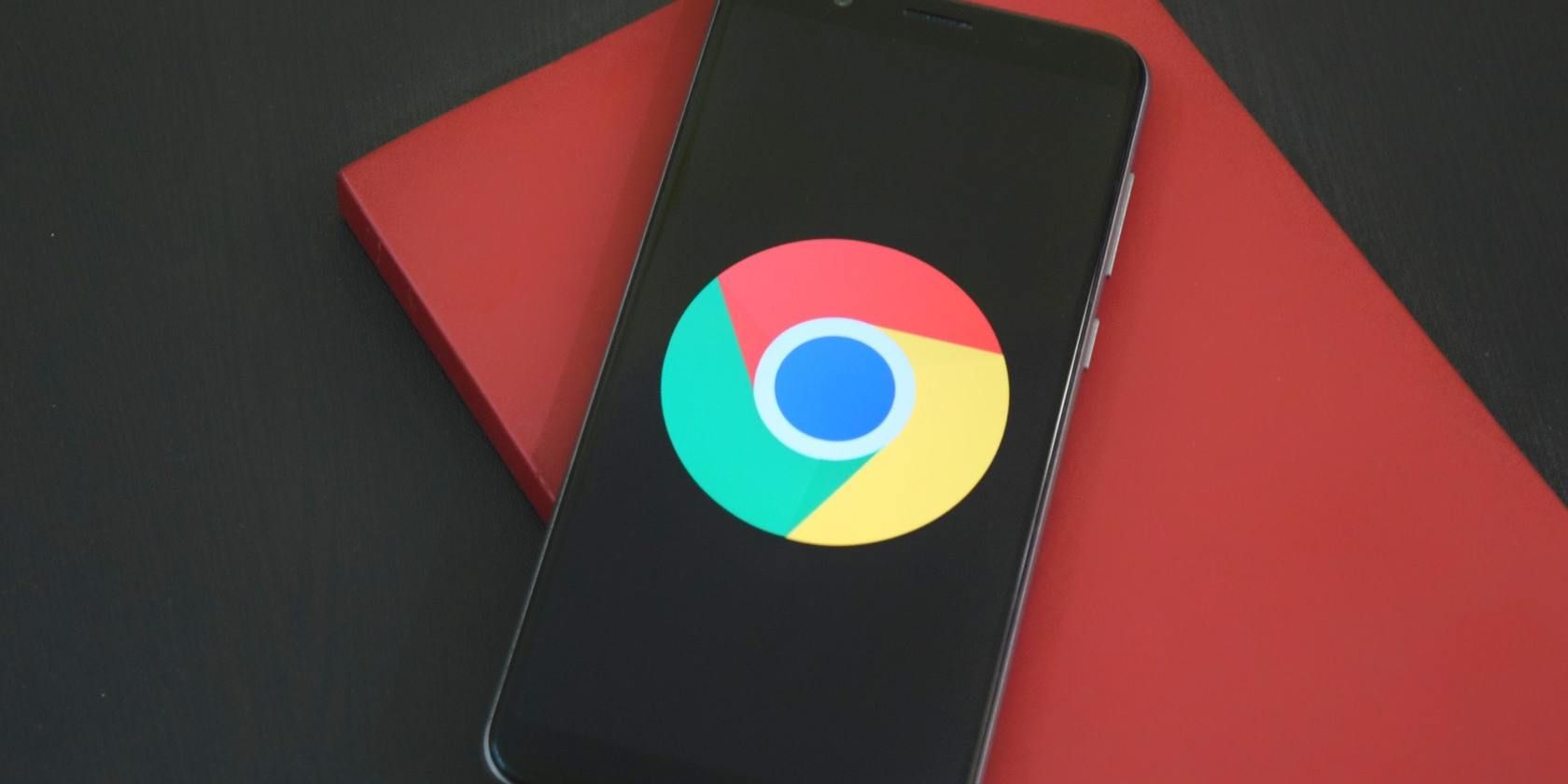Google plans to introduce a new instantaneous loading feature for Chrome on desktop platforms such as Windows, Linux, and macOS. The feature, called back-forward cache, is already available on Chrome for Android.
Back-Forward Cache Will be a Part of Chrome 92
According to a report by Windows Latest, this new feature will roll out in the Chrome 92 update across desktop platforms. Google has gone for an "experimental rollout" for the feature, which means that not all users will get to use it right away. Instead, it will happen gradually.
What's important to note is that the back-forward cache has already been a part of both Firefox and Safari across desktop and mobile for many years.
Upon activation, pages accessed using the back or forward navigation buttons will open instantly. Basically, Chrome will store a copy of recently visited web pages in the cache that can be accessed instantly when needed.
A post on Google Groups further expands on the premise:
Back-forward cache is a browser feature which improves the user experience by keeping a page alive after the user navigates away from it and reuses it for session history navigation (browser back/forward buttons, history.back(), etc) to make the navigation instant. The pages in the cache are frozen and do not run any javascript.
In addition to reducing load times, the feature also reduces data usage since web pages do not have to be downloaded again.
The back-forward cache feature in action:
Chrome usage data also goes on to show that 1 in 10 navigations on desktop and 1 in 5 on mobile are done using the backward or forward buttons. This further highlights the need for such a feature.
The Back-Forward Cache feature is already available on Android, and has spent two years in testing. However, Chrome for Android only supports cross-site navigation using this feature. Pages visited on the same website still load as they normally would.
Developers Can Make Web Pages More Back-Forward Cache Friendly
The Google Groups post mentions that although the feature doesn't require any "developer activation," there are some steps that can be taken to make web pages more back-forward cache friendly.
Amongst other technical guidelines, a Web.dev post advises users to avoid using the "unload" event as it interferes with the back-forward cache feature. It may also result in browsers loading broken web pages via the feature.
Users will certainly to get to hear more about this feature in the near future, though, it is indeed surprising why Google has delayed the launch of back-forward cache on desktop for so long.

